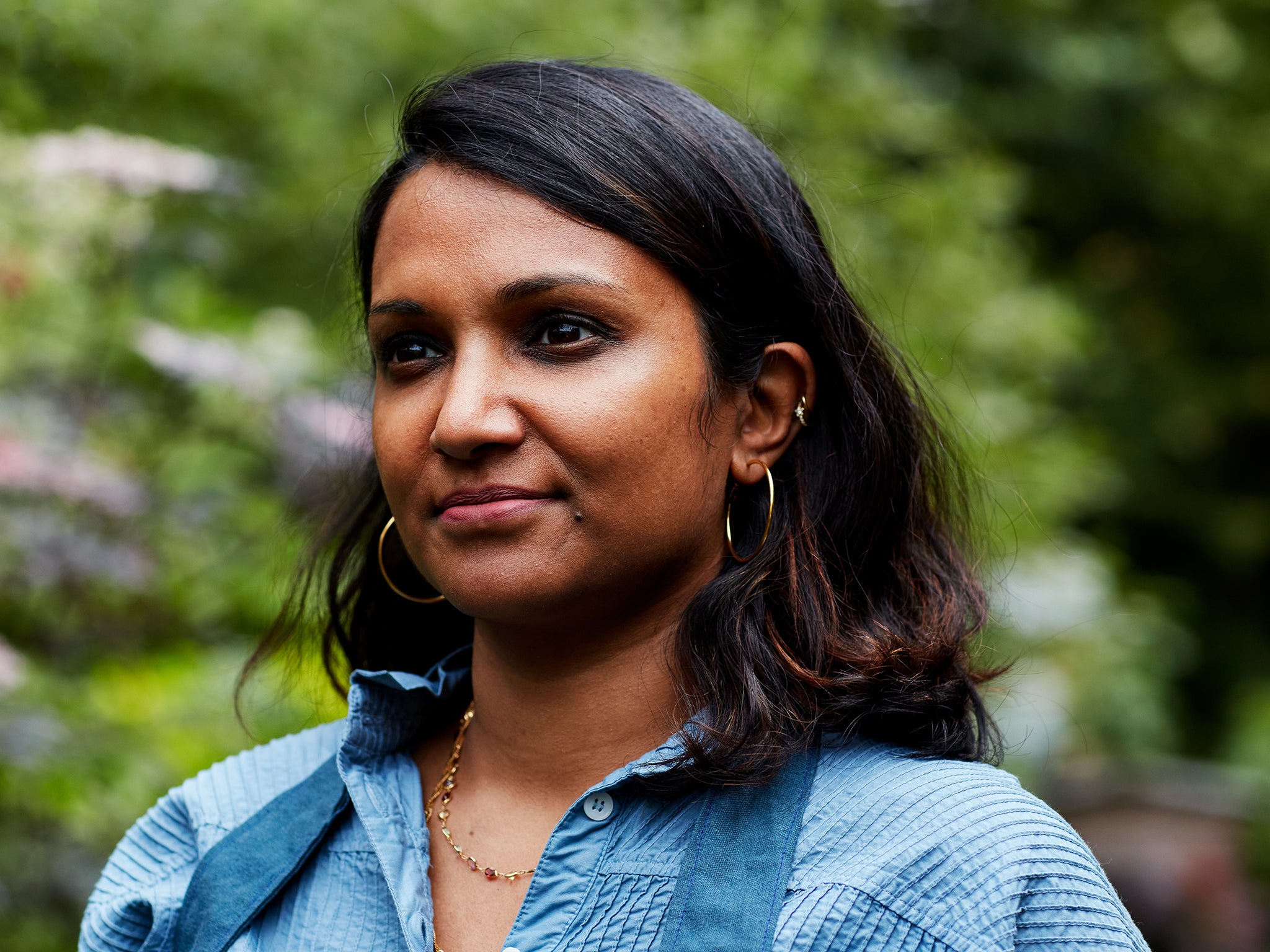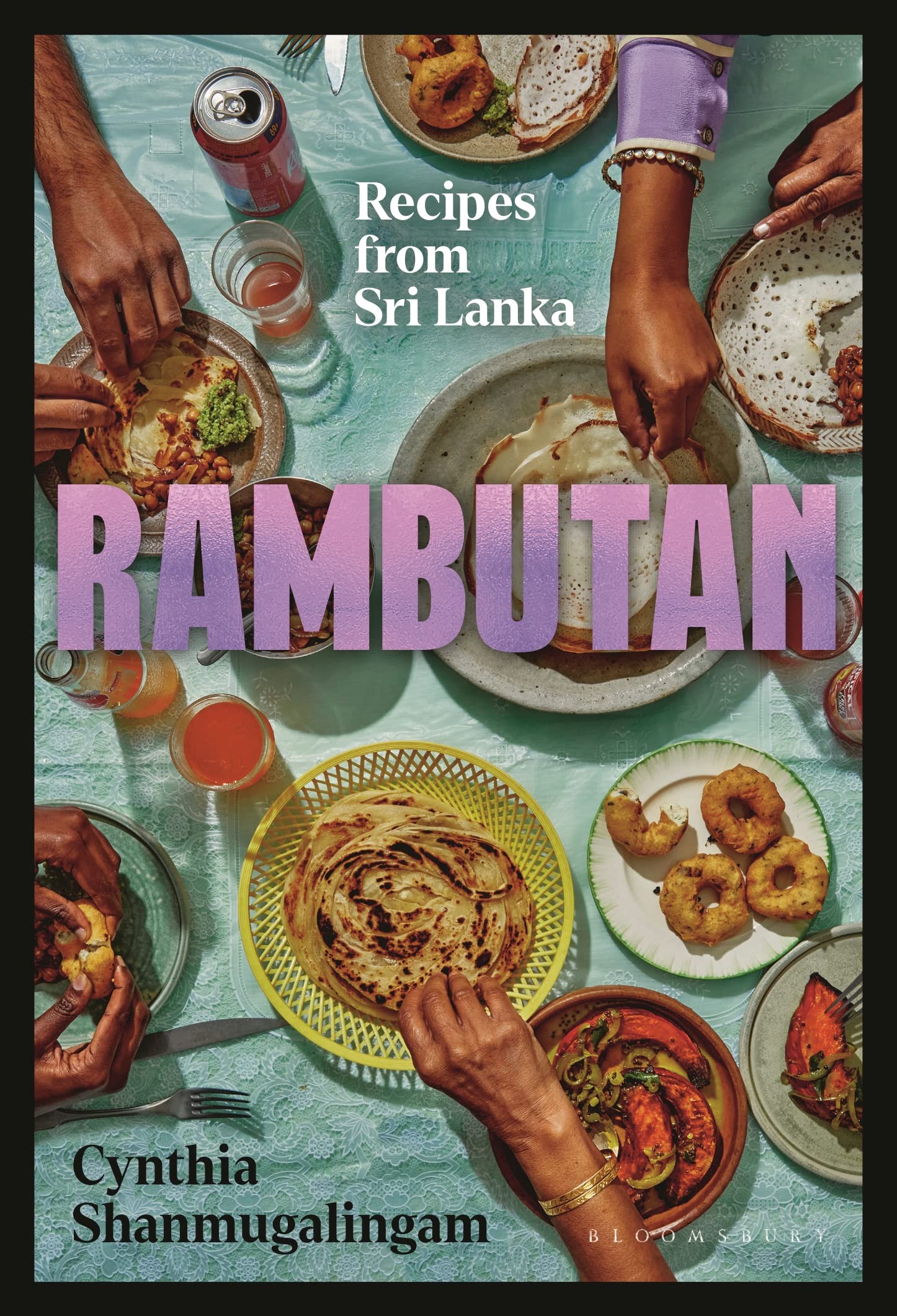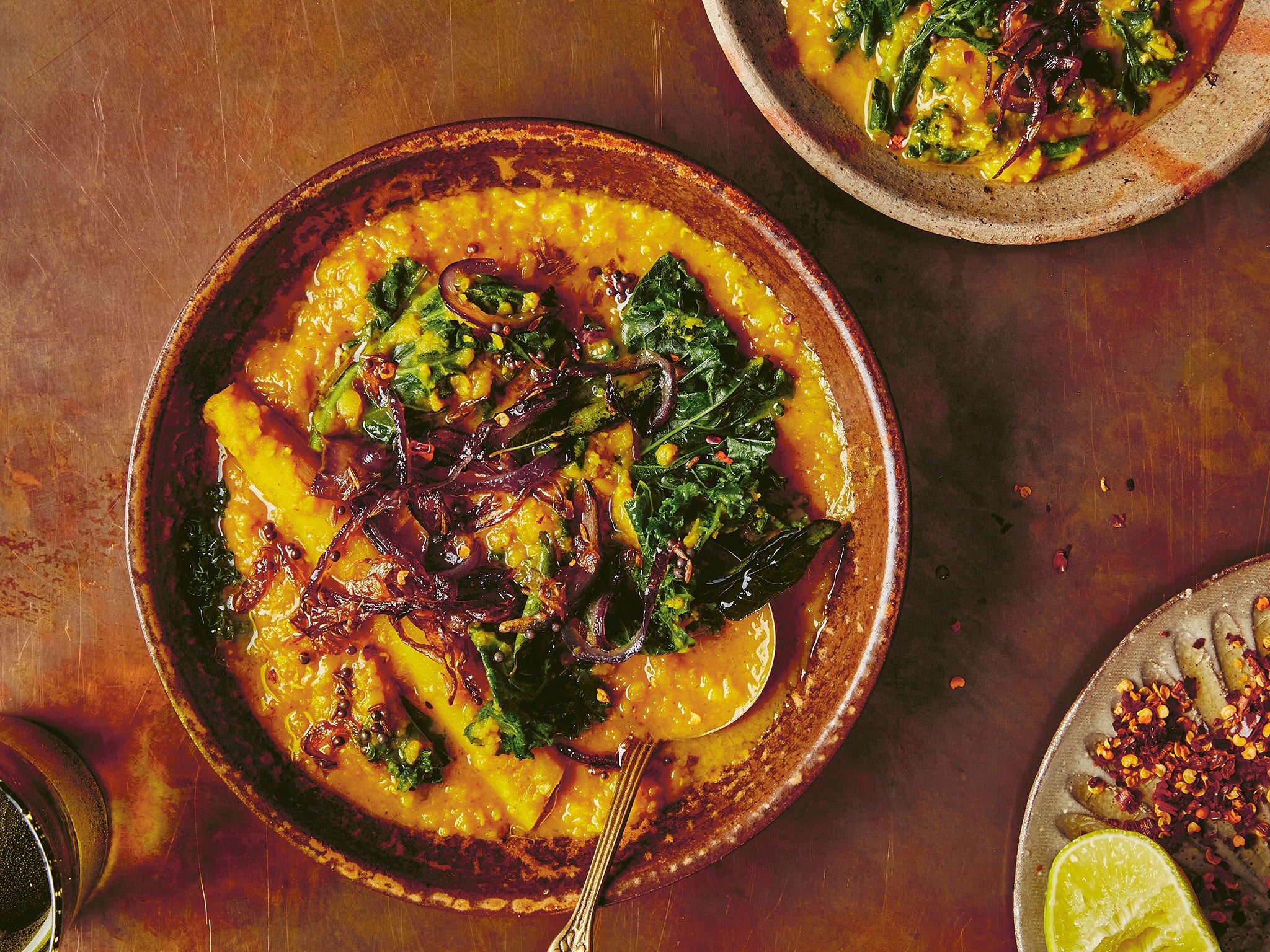Cynthia Shanmugalingam’s ‘Rambutan’ is a deeply personal tribute to Sri Lanka
Hannah Twiggs chats to Cynthia Shanmugalingam about her highly praised debut ‘Rambutan’


They say you can travel the world through food and no book demonstrates that more than Cynthia Shanmugalingam’s debut Rambutan.
Heavily inspired by her Tamil roots and summers spent exploring markets, milling spices and cooking over fire in her mother’s north Sri Lankan village, the book tells the story of the cuisine and the country through the lens of a British-born immigrant looking to discover more about her heritage and the place her parents call home.
“This book is a deeply personal celebration of the food I’ve eaten all my life and all that Sri Lanka means to me,” Shanmugalingam says. “It includes auntie recipes, Tamil immigrant stories from my family, a breakdown of tropical fruits, and the most incredible simple, exciting dishes and flavours from all over the island from a lifetime of travels.
“Sri Lanka has had a troubled past and this book doesn’t shy away from its sadness and its history,” she adds. “But this is also a book about Sri Lankan joy.”
Alongside moving family anecdotes and beautiful, candid photography of both ancient and modern Sri Lanka, over 80 recipes with fresh, quality ingredients at their core offer an exuberant guide for beginners and experienced cooks alike, with simple to put together dishes covering cool, raw and pickled dishes, sambols, curries, rice and rotis, drinking snacks and sweet treats.
With endorsements from the likes of Yotam Ottolenghi, Anna Jones and Meera Sodha, a spot of the shortlist for the prestigious Jane Grigson Award, and a Borough Market restaurant opening in the autumn, Rambutan is an exciting new entry every adventurous home cook should have on their shelf.

The Independent caught five minutes with Shanmugalingam to talk about the motives behind the book, the easiest – and the hardest – recipes, and what it’s like to be the first Sri Lankan woman to open a restaurant in London.
First of all: I love the book. It’s so informative and educational, but never oversimplified, and it is just beautiful. It also feels deeply personal, with lots of family photos and stories. Why did you want to write it like that?
When I was little, my mum says I would never swallow my food unless my dad told me a story. Apparently my little mouth would fall open in wonder and you could stuff a spoon into it – which is a bit funny because Dad says he just told me the same two stories every day! I wanted to write a book a bit like that, to get people to digest some of the more nerdy bits of Sri Lankan cooking theory, sweetened with as many fun stories as I could. Also I felt it was a special honour to be able to tell the real story of an immigrant Tamil kid like me, and I didn’t want to do a sort of tourist idea of Sri Lanka. I wanted to write a cookbook with all the melancholy and joy that comes with losing a homeland.
The imagery in the book is stunning, I could flip through it for hours… but where is a good place to start for someone new to the cuisine?
I think the first chapter, all about vegetables and fruits, is the best place to start. We eat a lot of vegetables in Sri Lanka and they’re endlessly varied and delicious to make: roasted aubergine, cucumbers, chickpeas, tomato, leeks, breadfruit, green mango, pineapple, cashew nut, and they’re all quick and light and nutritious.
What’s the quickest, easiest recipe in there I could make on repeat? And what requires a bit more time and effort for when I want to impress my guests?

I think the coconut dal with kale is probably the easiest, it’s what I make when I’m exhausted after a long day of running around on the restaurant building site or cooking, and it’s very forgiving if you want to throw other nice vegetables you might have in the fridge in it. And then a more show-offy classic is Jaffna lamb curry. It sort of sends people into a frenzy of delight and although you need to wait around to let it slow-cook, it is actually very easy. I feel your guests are guaranteed to coo over it.
What was growing up in a Sri Lankan family in the UK like? What foods were common on your dinner table and how did your parents teach you about your heritage?
We ate Sri Lankan food every single day at home, especially lots of seafood and fish, okra, green mango, spinach, dal, pumpkin, hoppers, dosas, homemade sambols and chutneys… we were so lucky. Mum and Dad really taught us all the names of everyone back in Sri Lanka, their parents, their great-uncle’s second wife, a guy who used to deliver the newspaper, it was a lot! They also gave them confusing names like “Cousin Uncle” or “Baby Auntie”, which didn’t help, and I would often have no idea who was who. But we grew up writing to our aunties on blue aerogram letters every week, looking forward all year to the summer when we could visit the island. I think in some ways England in the Eighties was a hard place for a young brown family, so the Tamil community in the UK – many of whom were escaping oppression or the war, including the family who came to live in our house – really stuck together and supported each other. By the Nineties, Coventry had become a very diverse city and I began to try and sneak out to party to Panjabi MC with my Indian, white, Nigerian and Pakistani friends. I think we all learned a lot about each other’s cuisines and cultures.
How does it feel to have the likes of Ottolenghi, Anna Jones and Meera Sodha endorse your book? Have you met or worked with any of them or was it a bit of a surprise?
I was so happy I cried! I have been lucky enough to know Meera for years, but the others were a complete surprise, completely lovely.
You wrote the book through the lens of a British-born immigrant looking to discover more about her heritage – what can we expect from that? Are there any British twists on Sri Lankan classics?
I think in some ways England in the Eighties was a hard place for a young brown family, so the Tamil community in the UK – many of whom were escaping oppression or the war, including the family who came to live in our house – really stuck together and supported each other
Some things aren’t quite traditional – like my frozen falooda recipe, or my chickpea sundal with cumin yoghurt. They’re slightly different just because I like the way they taste, but they have the same DNA of flavours as the originals. Some are very traditional, like the crab curry, or the chicken sodhi curry. There’s a really fun dish in the book which I call a lampra-ish, and it’s an homage to Sri Lanka’s delicious many-splendoured rice dish with a funky shrimp paste and a dark, earthy beef short-rib curry, all steamed in a banana leaf. I have to specify it’s not a traditional lamprais recipe because Sri Lankans go berserk if you mess with it so I am absolutely playing with fire but I hope I am forgiven. I think there are lots of British twists in the book, yes, but British food to me doesn’t mean just a Yorkshire pudding. There’s a plantain curry in the book that I only came up with because of my dear friends Lara and Ingy who are from Trinidad, who taught me about the way they cook plantain; or soft brioche malu spicy fish buns, with a bread made in a Taiwanese method. That’s what makes Rambutan a product of both London and Sri Lanka I think, the melting pot of different influences that come from all the immigrant communities in London.
There are already a handful of well known Sri Lankan restaurants in London (though not many). What will Rambutan add to the mix?
There are lots of great Sri Lankan restaurants in London, out in zone 4 and 5 as well as in central London. Rambutan will bring Tamil village-style cooking to central London. We’ll feel like a proudly post-colonial space, and it will be a mix of some ancient cooking and some new things, it won’t all be super traditional. It will be a celebration of diaspora cooking.
How does the dining culture in London compare to that in Sri Lanka?
There are some fantastic restaurants in Sri Lanka, but a lot of them have been struggling with the island’s economic and political crisis. Eating out there is increasingly a luxury that not everyone can afford, and I think the best food you can get is still in people’s homes. If you’re eating out, my favourite way to eat on the island is on the street: fried rice, delicious stuffed rotis, piping hot hoppers, fruit pickles and mango and chilli salt.
You’re the first Sri Lankan – and Tamil – woman to open a restaurant in London. What does that mean to you?
I think there must be other Sri Lankan women who have opened restaurants outside of central London, but Borough Market is such an incredible stage with so many brilliant restaurants and amazing produce. To have the opportunity to represent my community there, I don’t really have the words for how emotional it makes me feel, and I’m doing it on my own, with friends and family as investors and champions. I know I’m biased but I think Tamil women cook some of the best food in Sri Lanka, and I can’t wait to do them proud.
And to balance out those heavier questions: you can use only five ingredients. What are they and what are you making?
I think it’s time for Sri Lankan milk toffee, a kind of condensed milk fudge that reduces grown people to child-like excitement. It’s just condensed milk, lots of cardamom, cashew nuts, a little butter and caster sugar (although I like to add a tiny bit of sea salt for flavour but that’s cheating on my 5 ingredients!) You cut it into little diamonds while it’s cooling down and stash it in a tin, and it’s a great sweet tea-time treat.
Join our commenting forum
Join thought-provoking conversations, follow other Independent readers and see their replies
0Comments